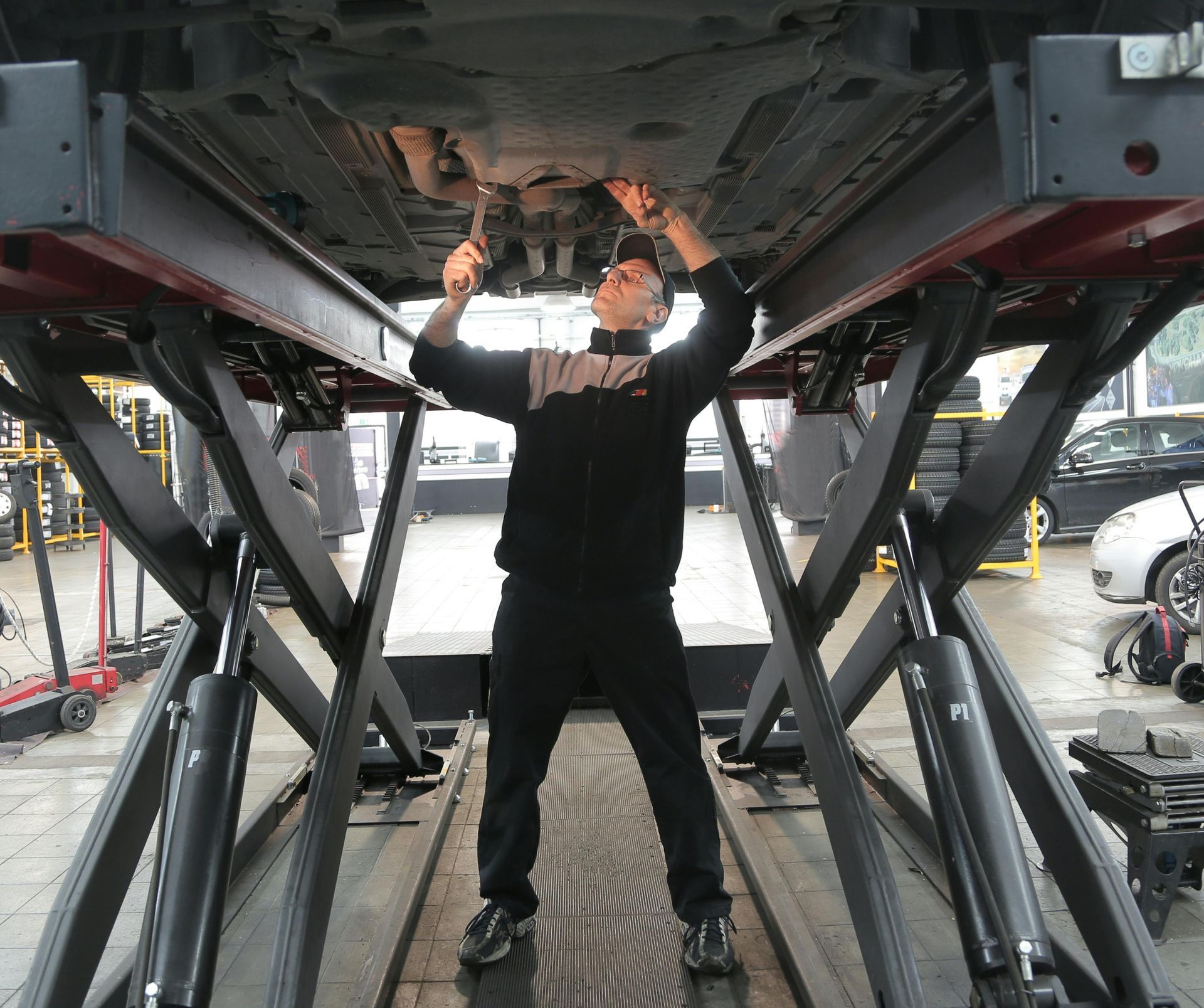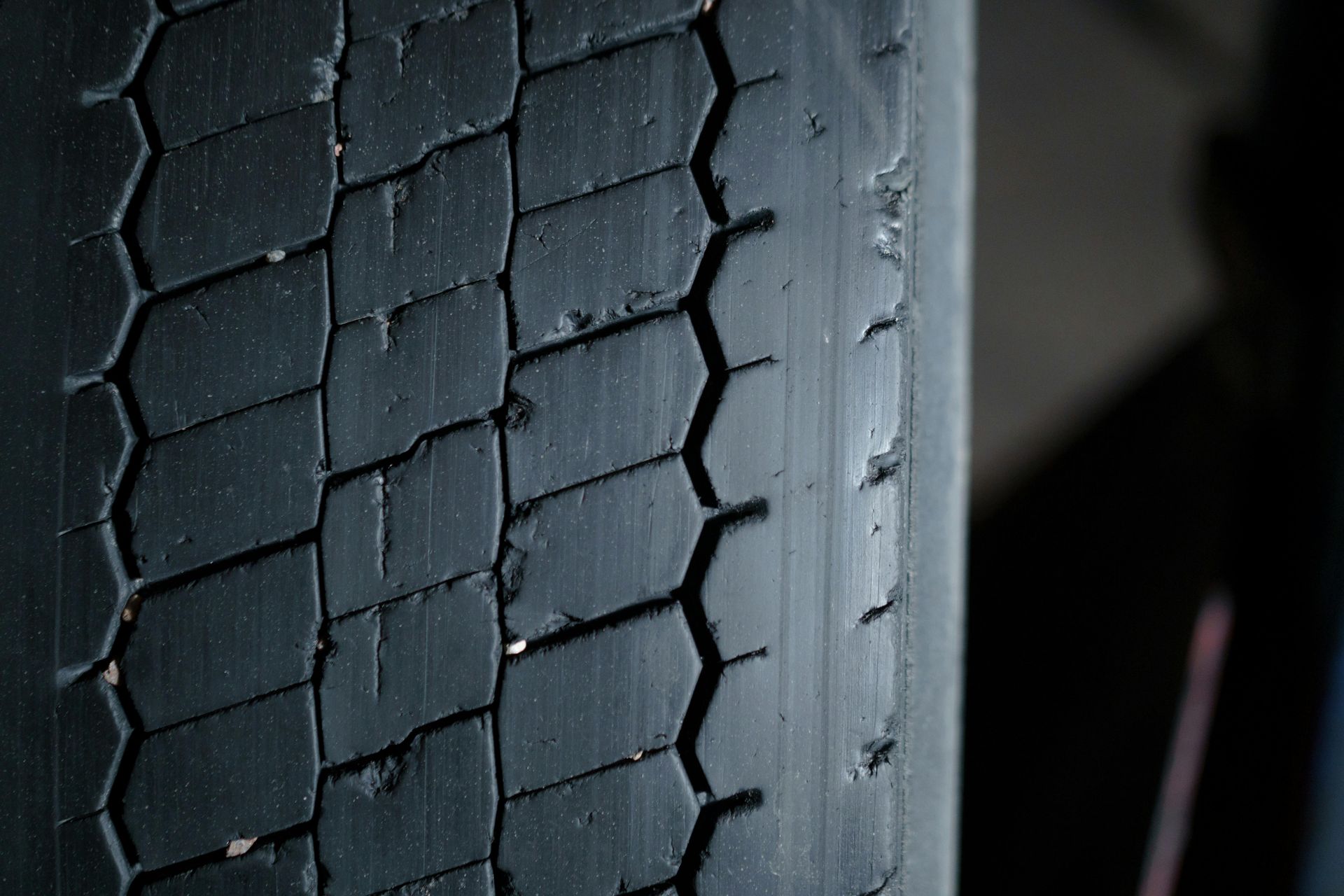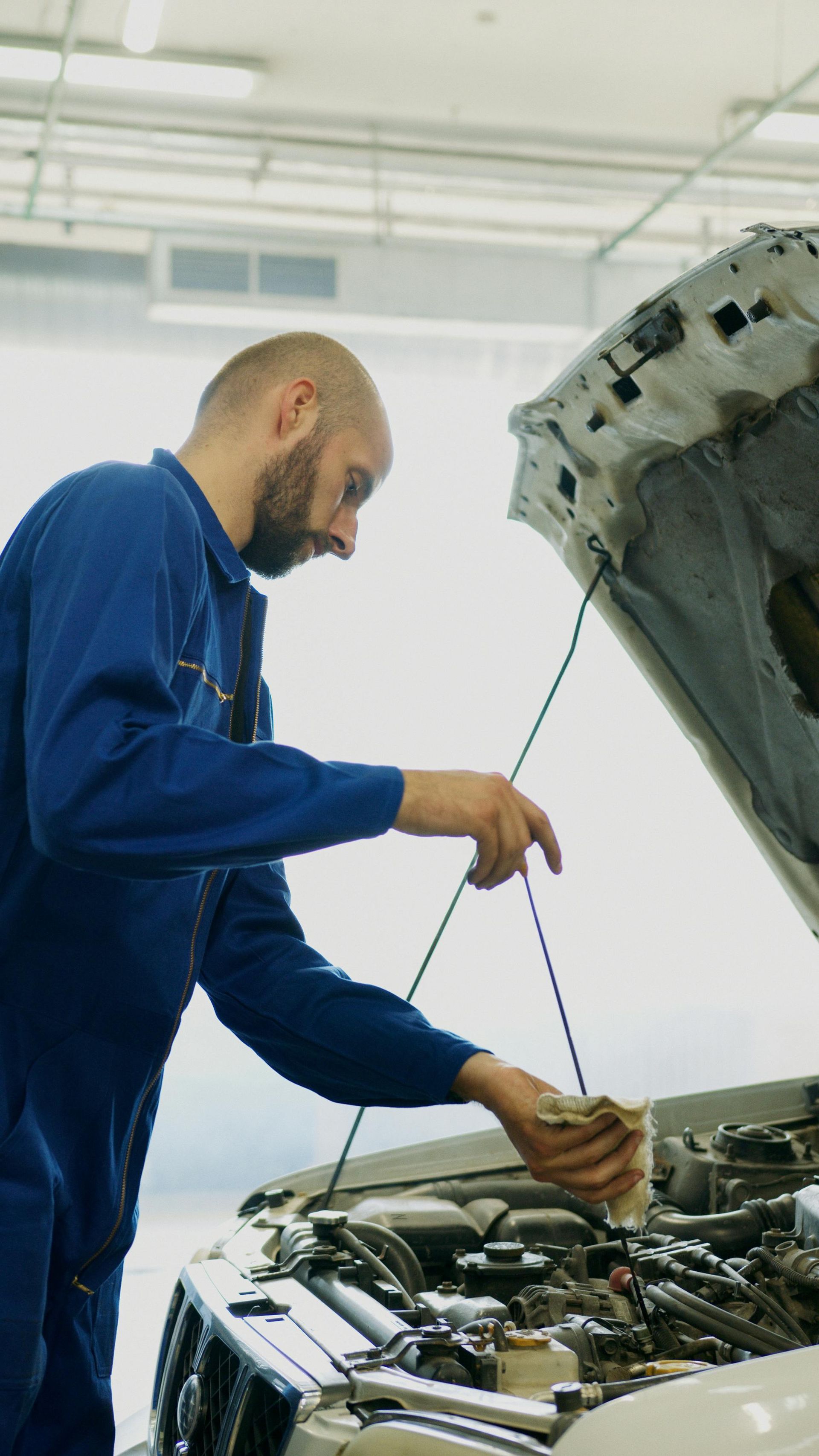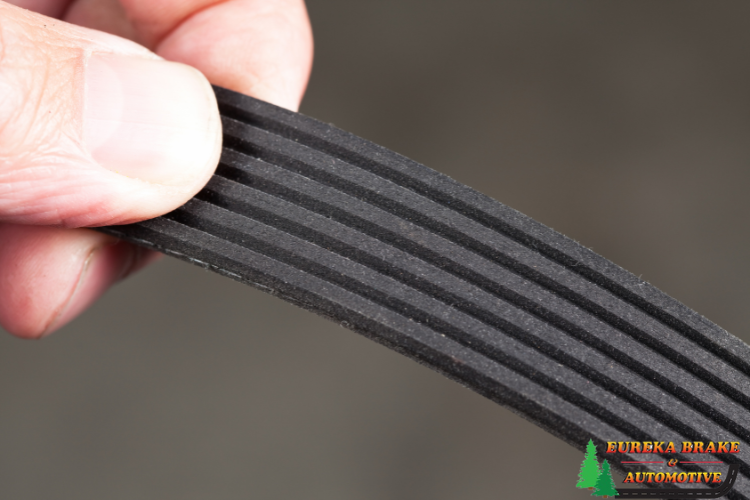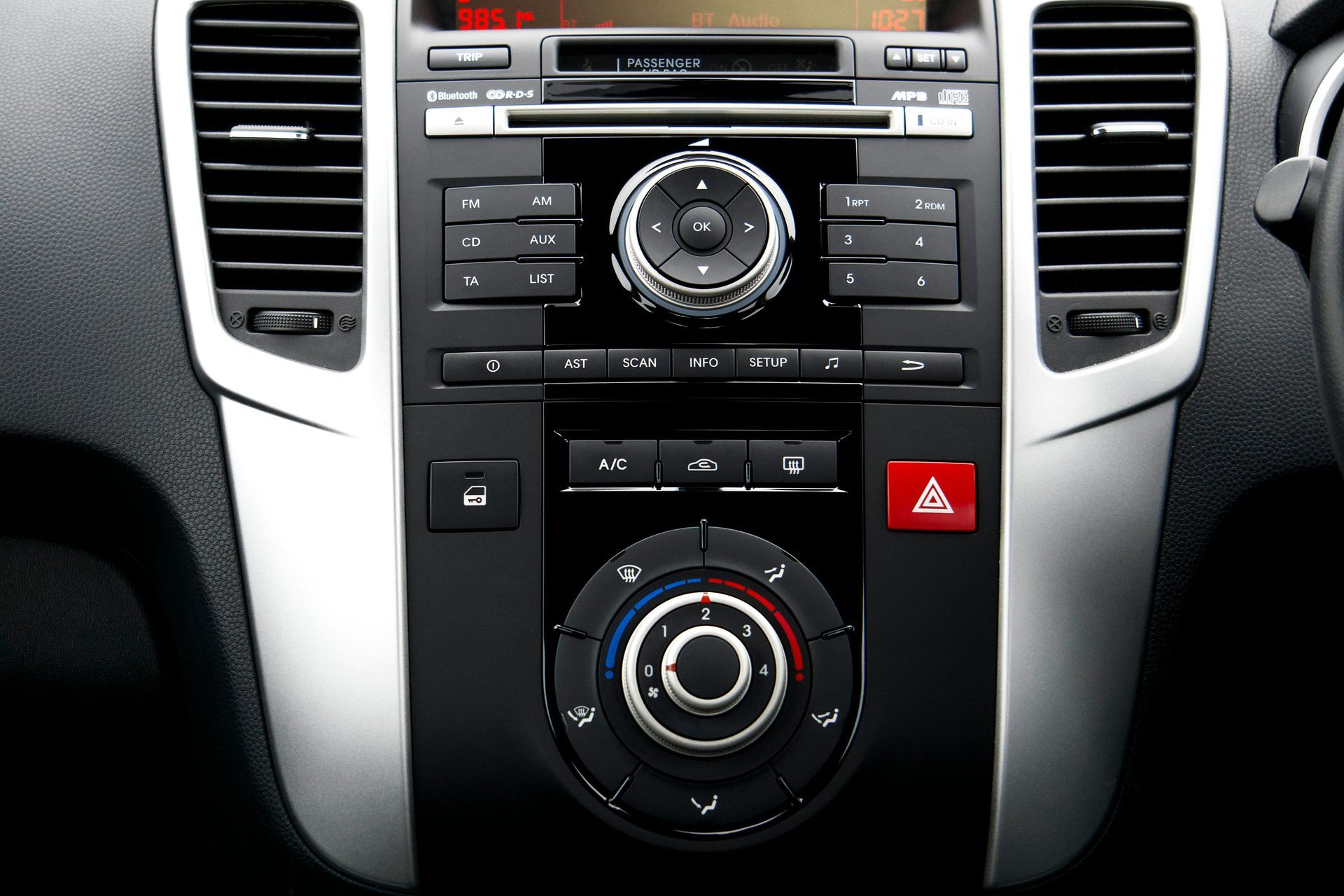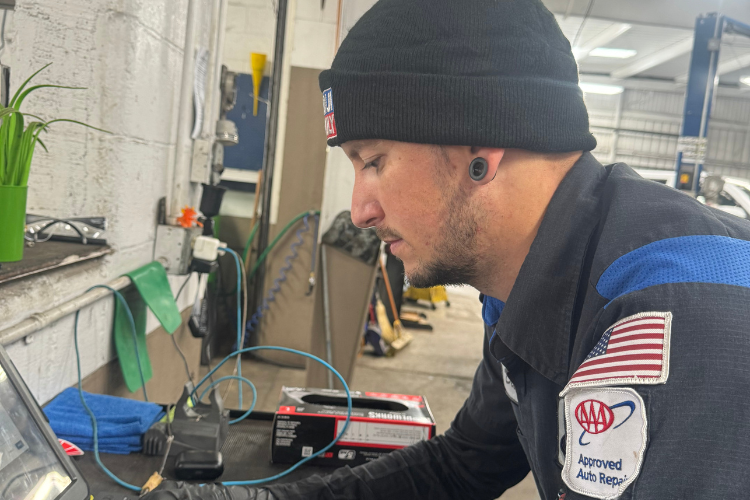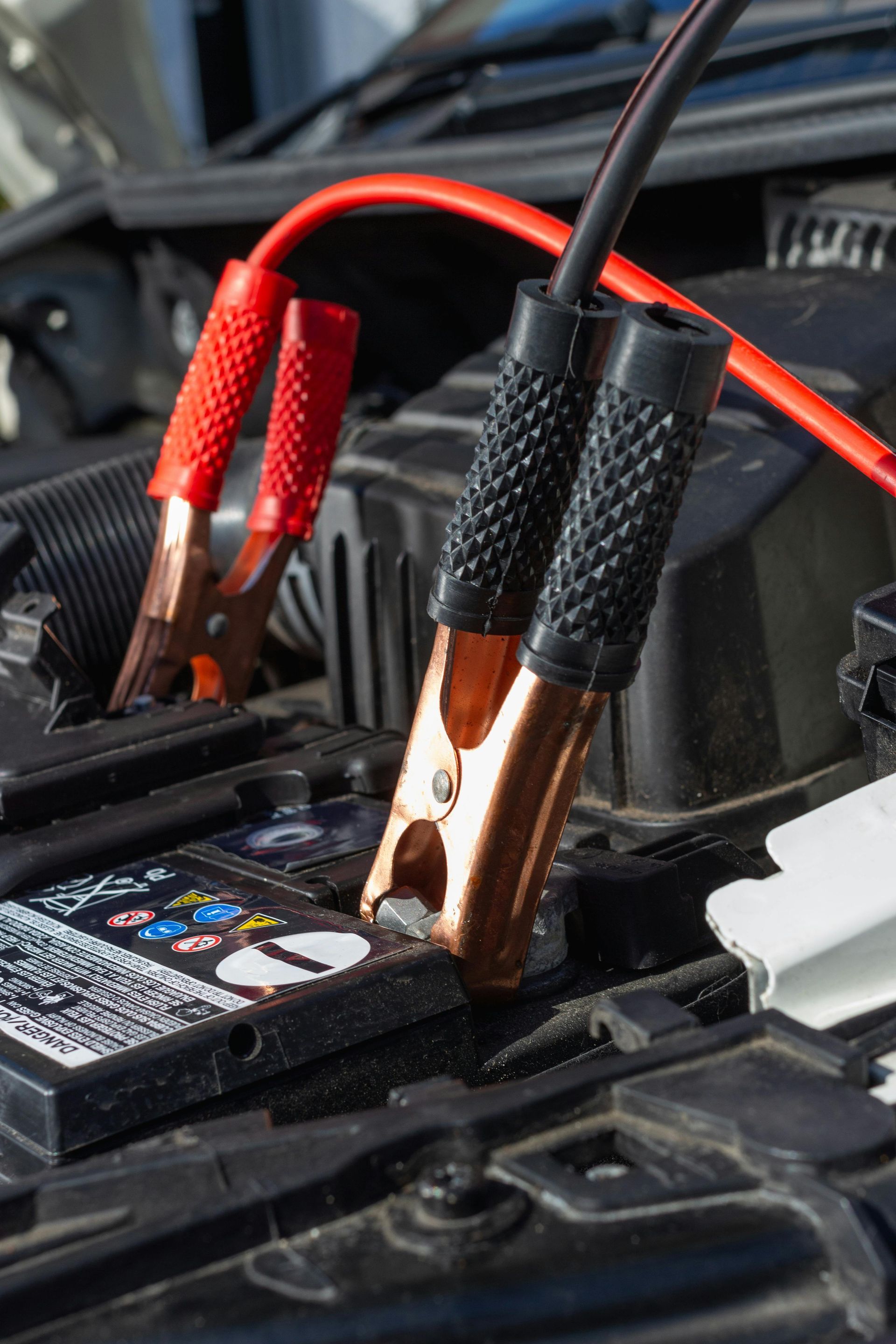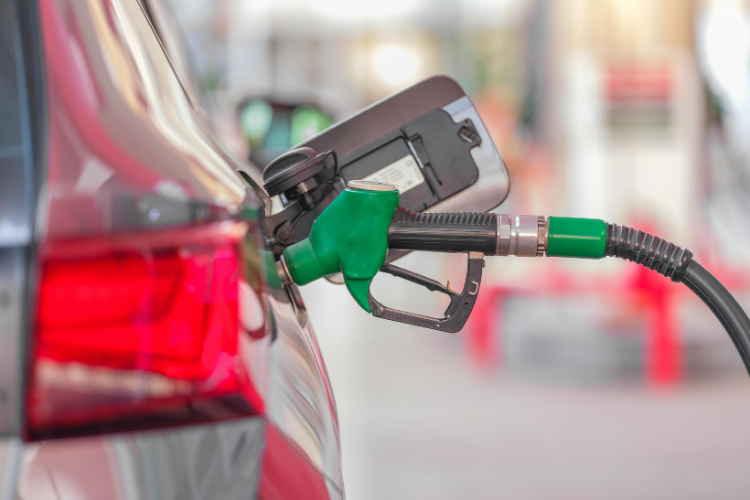Essential Tire Maintenance for Late Summer Adventures Around Eureka
As summer winds down in Humboldt County, many drivers are planning those final warm-weather road trips before fall arrives. Whether you're exploring the stunning coastline from Trinidad to Shelter Cove or venturing inland to the towering redwoods near Orick, your tires are the only thing connecting your vehicle to the road. Proper tire care becomes even more critical during late summer when accumulated heat and wear from months of driving can lead to unexpected problems.
Check Tire Pressure Before Every Trip
Late summer heat affects tire pressure more than many drivers realize. For every 10-degree temperature increase, your tire pressure rises by about 1-2 PSI. This might not sound like much, but it adds up quickly during warm Eureka afternoons or when driving through hotter inland areas like Willow Creek.
Why proper pressure matters:
- Underinflated tires generate dangerous heat buildup
- Overinflated tires provide less road contact and poor handling
- Both conditions cause uneven wear and reduce tire life
- Fuel economy drops significantly with incorrect pressure
Check your tire pressure when tires are cool, preferably in the morning before driving. The correct pressure is listed on a sticker inside your driver's door jamb, not on the tire sidewall. Don't forget your spare tire – it needs proper pressure too.
Inspect Tread Depth for Mountain and Coastal Roads
Humboldt County's diverse terrain demands good tire tread. From the winding curves of Highway 1 along the coast to the steep grades heading toward the redwood forests, worn tires can be dangerous on wet or steep surfaces.
Quick tread depth tests:
- Insert a penny into the tread with Lincoln's head upside down
- If you can see the top of Lincoln's head, replace the tire
- For better wet weather safety, use a quarter instead
- Uneven wear patterns indicate alignment or suspension problems
Late summer is perfect timing for tread inspection because you can address issues before fall's rainy season arrives. Eureka's frequent coastal fog and occasional rain showers make good tread essential for safe driving.
Look for Heat Damage and Cracking
Summer's accumulated heat takes a toll on tire rubber, especially if you've taken trips to California's hot interior valleys. Tires can develop small cracks in the sidewalls or between tread blocks, which worsen over time and can lead to sudden failures.
Signs of heat damage include:
- Small cracks in sidewall rubber
- Hardened or brittle feeling tire surfaces
- Unusual vibrations while driving
- Bulges or bubbles in the tire sidewall
If you spot any of these warning signs, have your tires inspected immediately. A small crack can become a major blowout, especially during highway driving between Eureka and destinations like Redding or Sacramento.
Rotate Tires for Even Wear
Front tires typically wear faster because they handle steering, braking, and (in many cars) acceleration. Regular rotation helps ensure all four tires wear evenly, extending their overall life and maintaining consistent traction.
Most vehicles should have tires rotated every 5,000-7,500 miles, but check your owner's manual for specific recommendations. If you can't remember when you last rotated your tires, late summer is an excellent time to do it before fall weather arrives.
Different rotation patterns work for different vehicles, so make sure your service provider uses the correct method for your car, truck, or SUV.
Don't Forget Your Spare Tire
Many drivers completely ignore their spare tire until they need it, often discovering it's flat or damaged when they're stranded on Highway 101 or a remote road near Ferndale. Late summer tire maintenance should always include spare tire inspection.
Spare tire checklist:
- Check air pressure monthly
- Inspect for cracks or damage
- Ensure you have proper tools (jack, lug wrench)
- Know how to change a tire safely
- Consider upgrading from a temporary spare to a full-size spare
If your spare is one of those small temporary "donut" tires, remember it's only designed for short distances at lower speeds. Plan accordingly if you're heading on longer trips around Northern California.
Plan Ahead for Fall Weather
Late summer tire maintenance isn't just about current conditions – it's about preparing for what's coming. Eureka's fall and winter bring increased rainfall, and tires that seemed adequate in dry summer conditions might become dangerous on wet roads.
Consider your tire's age as well as tread depth. Tires older than six years should be inspected annually by a professional, regardless of remaining tread. Rubber compounds deteriorate over time, reducing traction even when tread looks adequate.
Alignment and Balance Matter Too
If your car pulls to one side, your steering wheel vibrates, or you notice uneven tire wear, you likely need wheel alignment or balancing. These issues accelerate tire wear and can be dangerous, especially on the curvy coastal roads around Eureka.
Late summer is ideal timing for alignment checks because you can correct problems before they cause premature tire replacement. Plus, properly aligned wheels improve fuel economy – important for those end-of-summer road trips.
Professional Tire Service You Can Trust
Don't let tire problems cut your late summer adventures short or leave you stranded on one of Humboldt County's scenic but remote roads. At Eureka Brake & Automotive, our experienced technicians provide comprehensive tire services to keep you safely rolling through every season.
From tire pressure monitoring and tread depth analysis to professional mounting, balancing, and alignment services, we help local drivers get the most from their tires. Our 12-bay facility stocks quality tires for all makes and models, and our ASE-certified team ensures proper installation every time.
Ready to prep your tires for late summer travels? Call us at (707) 200-7097 or book your appointment online. Let us help you enjoy those final summer road trips with confidence, knowing your tires are ready for whatever Northern California roads throw your way.
